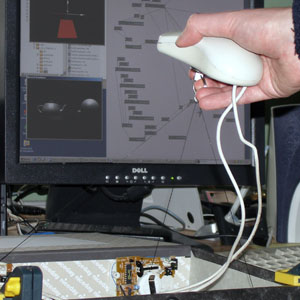Global Warming doesn't exist, its just urbanization
LOS ANGELES (Reuters) - Average temperatures across California rose slightly from 1950 to 2000, with the greatest warming coming in the state's big cities and mostly caused by urbanization -- not greenhouse gases -- authors of a study released on Wednesday said. ADVERTISEMENT
The study found that average temperatures in California rose nearly 2 degrees Fahrenheit (nearly one degree Celsius) in the second half of the 20th century, led by large urban centers such as San Francisco and Southern California.
"Everybody's talking about the carbon coming out of the SUV exhaust or the coal plant, but in the past 50 years in California the bigger impact has been urbanization and suburbanization," said Bill Patzert of NASA's Jet Propulsion Laboratory, one of the study's authors.
"Exhaust from the SUV is just piling on," he said. "One is heating you from above, the other is heating you from below."
Data from the study showed that minimum temperatures, which typically occur at night, also increased more than daytime maximum temperatures, Patzert said, adding: "This is primarily due to increased urbanization, not increases in cloudiness or precipitation."
Urbanized areas do not cool at night as well as land in its natural state, he said.
The study, which was conducted by Patzert along with a California State University, Los Angeles, geography professor and a graduate student, analyzed data from 330 weather stations across the state from 1950 to 2000.
The authors found that average temperatures increased significantly in nearly 54 percent of the stations studied. The only area of California found to have cooled was a narrow band of the state's mainly rural northeast interior.
"This (warming) has already had a huge impact on the state of California," Patzert said. "It's changed the way we do agriculture, it's changed the energy and water demands, it's changed the number of days we've had frost or extreme heat."
He added: "This is another dimension of global warming that's not in the future, it's in the past. And if the population and urbanization and suburbanization continue to increase, these numbers will continue to go up."
California, the nation's most populous state with more than 37 million residents, is also one of the fastest growing, thanks in large part to immigration.
Last year, Gov.
Arnold Schwarzenegger signed landmark legislation calling for a 25 percent reduction in greenhouse gases in the state by 2020. It was one of the most ambitious greenhouse gas-curbing effort anywhere.
Source:http://news.yahoo.com/s/nm/20070328/us_nm/california_warming_dc






















